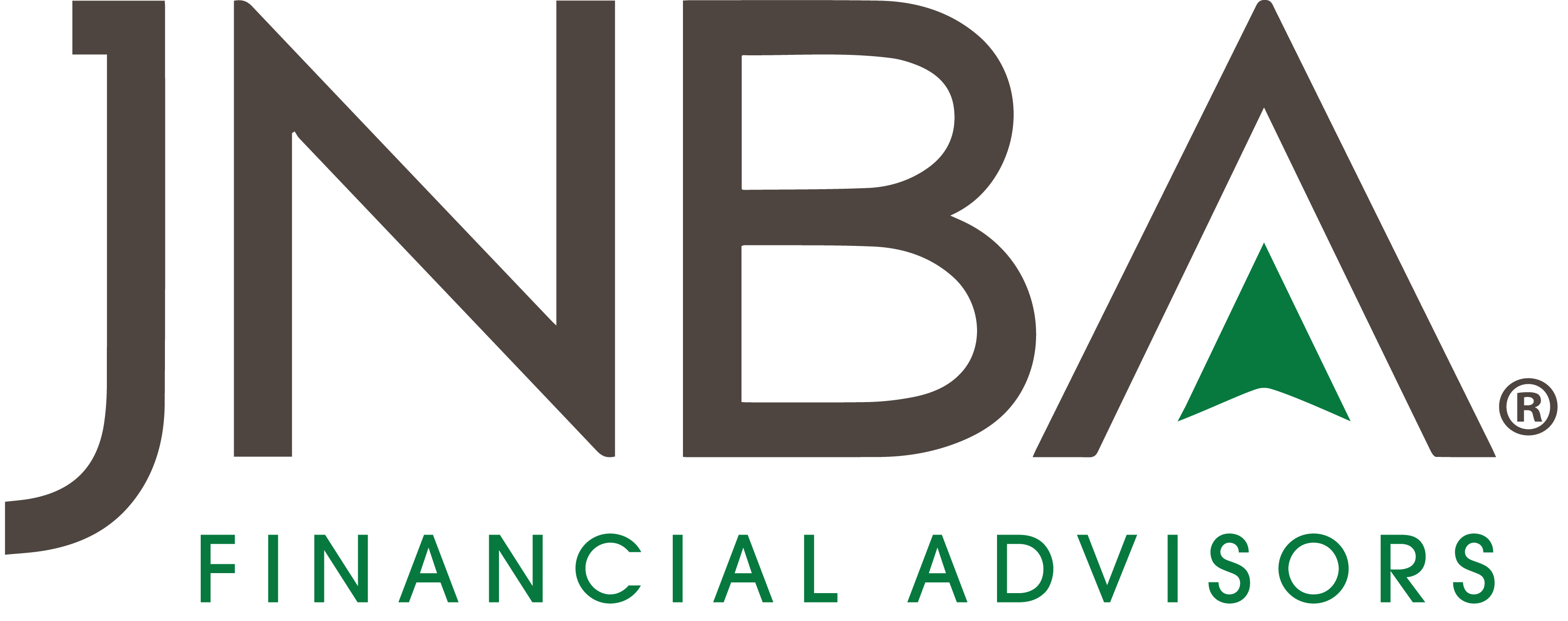One of the most popular retirement savings vehicles available to employees is a 401(k) plan. These plans offer tax-deferred contributions, where plan participants reduce their taxable income and defer tax responsibilities until withdrawing funds from the plan in retirement.
While most of the contributions to 401(k) plans are made via pre-taxed income, it is possible to make additional contributions with income that has already been taxed. These are called “after-tax 401(k)” contributions.
Benefits of an After-Tax 401(k)
- Higher contribution limits: The after-tax 401(k) allows you to contribute more than the standard pre-tax or Roth 401(k) limits. For 2024, the total contribution limit is $66,000 (or $73,500 if you’re 50 or older), which includes all your contributions and any employer matches.
- Tax-deferred growth: Earnings on after-tax contributions grow tax-deferred. This means you won’t pay taxes on the investment gains until you withdraw them, similar to traditional 401(k) accounts.
- Roth conversion option: You can potentially convert your after-tax contributions to a Roth IRA or Roth 401(k). This can be beneficial because Roth accounts offer tax-free withdrawals in retirement.
- Flexibility in retirement: Having after-tax contributions allows for more flexible retirement planning. You can potentially withdraw contributions (but not earnings) without penalties before retirement, depending on your plan’s rules.
- Enhanced retirement savings: By contributing after-tax dollars, you can save more for retirement beyond the limits of traditional and Roth 401(k) contributions, giving you more financial flexibility in the future.
Making a Contribution to an After-Tax 401(k)
- Check plan availability: Verify with your employer or HR department if your 401(k) plan includes an after-tax option. Not all plans do.
- Review contribution limits: Understand the contribution limits. For 2024, you can contribute up to $22,500 to a traditional or Roth 401(k), plus an additional $7,500 if you’re 50 or older. Contributions to the after-tax 401(k) are subject to the total combined limit of $66,000 (or $73,500 if you’re 50 or older).
- Log in to your account: Access your 401(k) account online through your employer’s retirement plan portal.
- Adjust contribution settings: Find the section where you can allocate your contributions. Look for options to direct some of your contributions to the after-tax 401(k) account.
- Specify contribution amount: Decide how much of your salary you want to contribute to the after-tax 401(k). Remember, this is in addition to your regular 401(k) contributions.
- Confirm and save: Review your choices and confirm your contribution settings. Make sure to save any changes you make.
- Monitor your contributions: Regularly check your account to ensure that contributions are being allocated correctly and to keep track of your total contributions.
By following these steps, you can effectively contribute to an after-tax 401(k) and take advantage of its benefits to enhance your retirement savings strategy. If you have questions, be sure to reach out to your JNBA Advisory Team.
Due to various factors, including changing market conditions and/or applicable laws, the content may no longer be reflective of current opinions or positions. Moreover, you should not assume that any discussion or information contained in this blog serves as the receipt of, or as a substitute for, personalized investment advice from JNBA Financial Advisors, LLC.
Please see important disclosure information at jnba.com/disclosure





